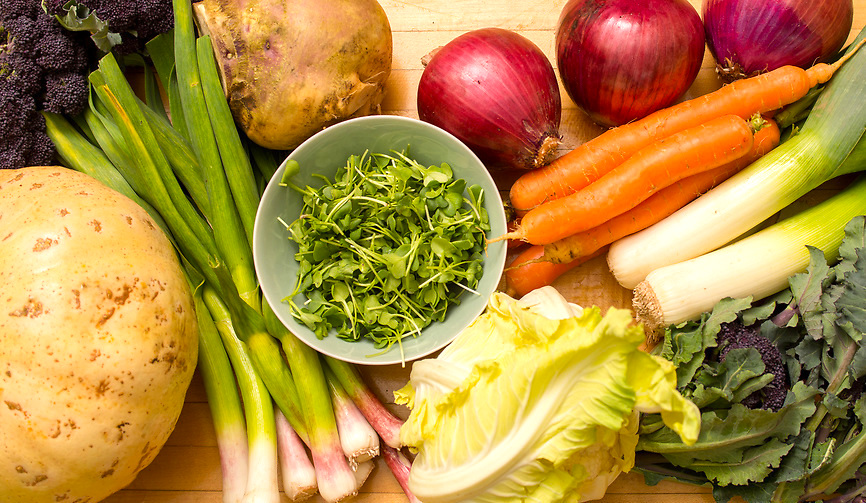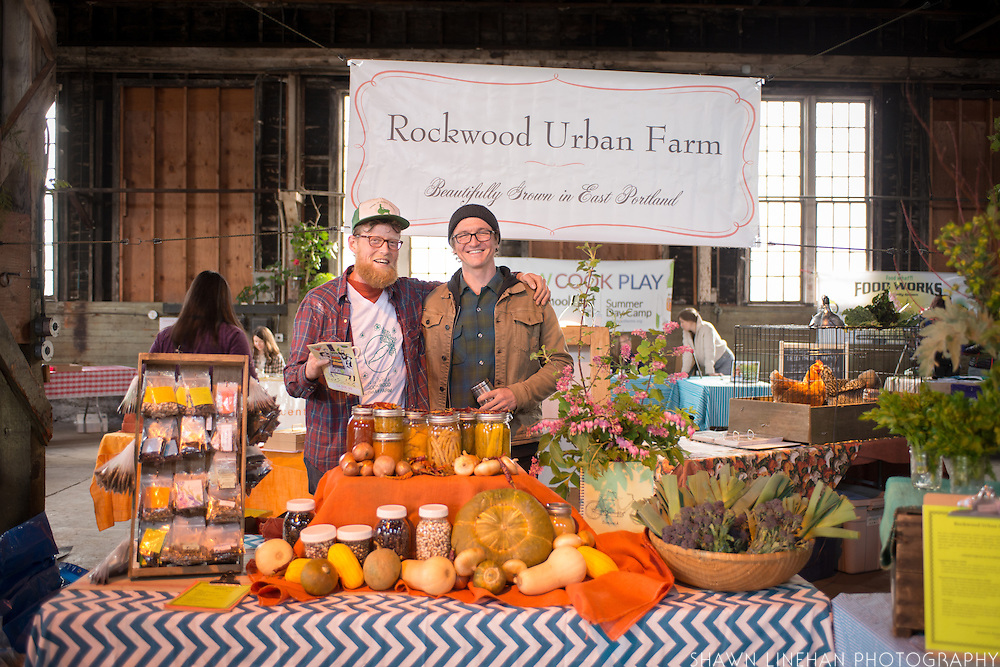
Are You Sure It's August? Feels More Like March!
If you have a CSA (Community Supported Agriculture) subscription to a local farm, you're probably getting weekly updates from your farmer about what crops will be available and what the season might look like going forward. A CSA is a great way for us city folk to have a connection to the land outside the paved boundaries of our lives, support a local small farm and to get a sense of the season from ground level. The bulletin below is from my CSA farmer, Aaron Nichols of Stoneboat Farm in Hillsboro, and this week he gave an excellent insight into this very unusual end-of-summer weather.
I hope you've all been enjoying the last weeks—they sure feel like fall out here. I don't remember the weather changing so seriously this early in August before, certainly not with enough rain that we don't have to irrigate for a week. It looks like we'll see it heat up (though not too much) over the next few weeks and our summer crops will certainly appreciate it.
This last week we were able to take advantage of the rain to get our biggest fall and winter salad plantings in—they take up a good amount of the space we'll be growing in over the winter and it's nice to see them all planted! We have a van-full left to plant next week but those will probably be in by the end of the month—having the longer-growing salad in by the end of August is a goal most years but not one we normally meet! We also planted our last round of kales, broccoli, and cabbage.
 The greenhouse is looking pretty empty of growing things now, though it's currently drying down the shallots—they're nearly done which is good because a whole lot of onions need to get in soon! We managed to get some potatoes in the ground while the soil was mostly dry mid-week, and before it started to rain again today. The rain is pretty nice for the newly seeded and newly planted crops we have out there—they all look good. It's also got us a new flush of weeds!
The greenhouse is looking pretty empty of growing things now, though it's currently drying down the shallots—they're nearly done which is good because a whole lot of onions need to get in soon! We managed to get some potatoes in the ground while the soil was mostly dry mid-week, and before it started to rain again today. The rain is pretty nice for the newly seeded and newly planted crops we have out there—they all look good. It's also got us a new flush of weeds!
The cool weather and the rain did cause a few problems, most notably for the corn. Our careful corn planning is now way out of whack with the last corn looking healthy, but still far from being ready, and the current corn is falling over from the wet soils and winds over the weekend making for worse pollination and fewer ears. It will be back but isn't loving the mid-60 degree days! Our tomatoes weathered the storm better than the corn but did have pretty slow production as did most of their relatives—eggplants, peppers, etc.—but they'll all be happy next week with the warmer weather.
The fall things look good though: broccoli as early as next CSA and cabbages will probably be in at just about the same time; kale and cauliflower are not far behind that. We have carrots now and likely next week. Before October I think we'll have some leeks in the CSA and we'll certainly have more kinds of winter squash sneaking in there. Next week's CSA should feature some fun potatoes—all purples and fingerlings.
Many local CSA farms have winter season subscriptions, and Stoneboat Farm will be posting its subscription for winter shares in the next couple of weeks. You can also read more about Aaron and his work with his North Plains community to preserve farmland from development.
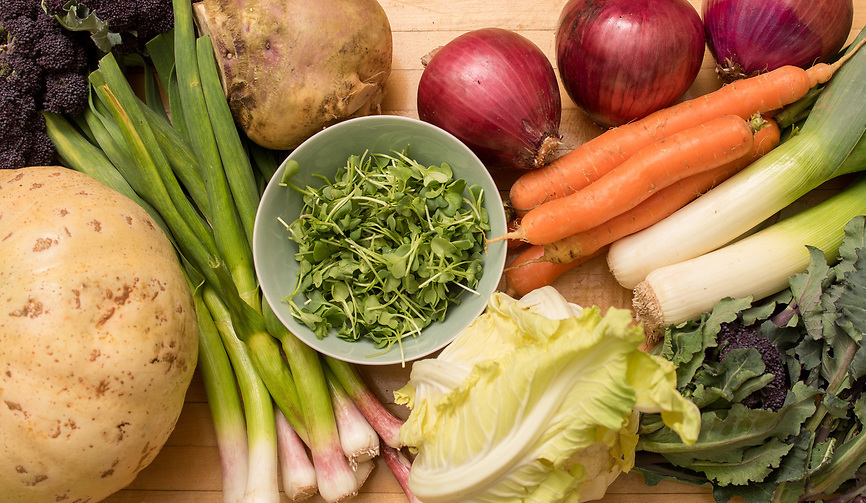
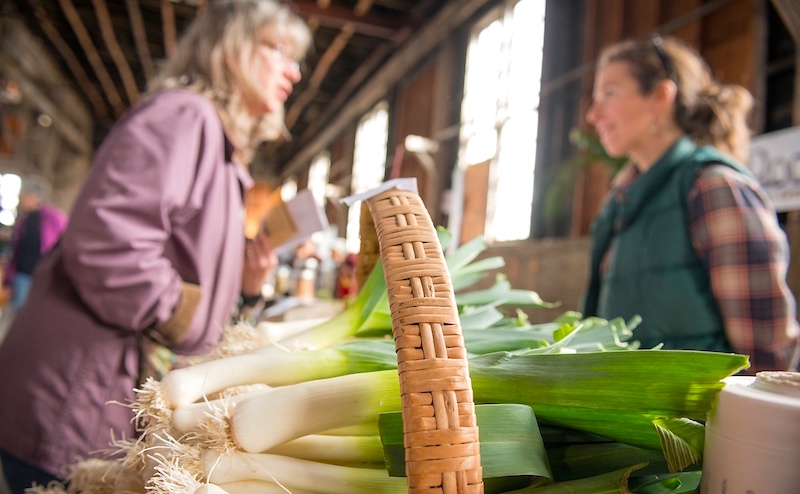
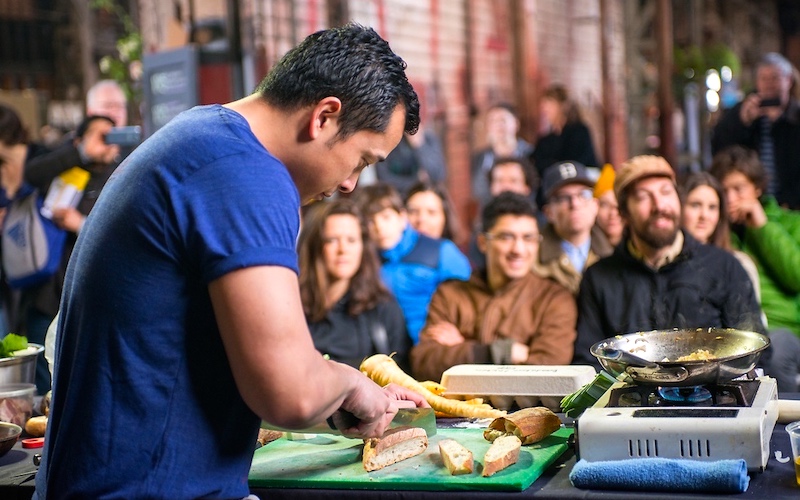
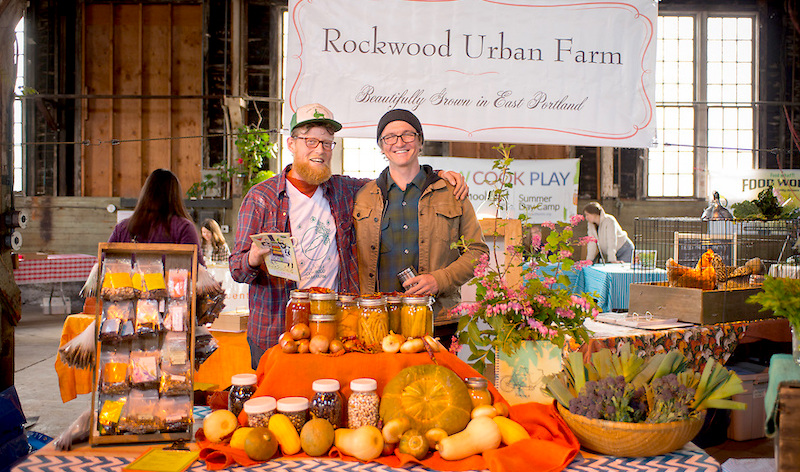
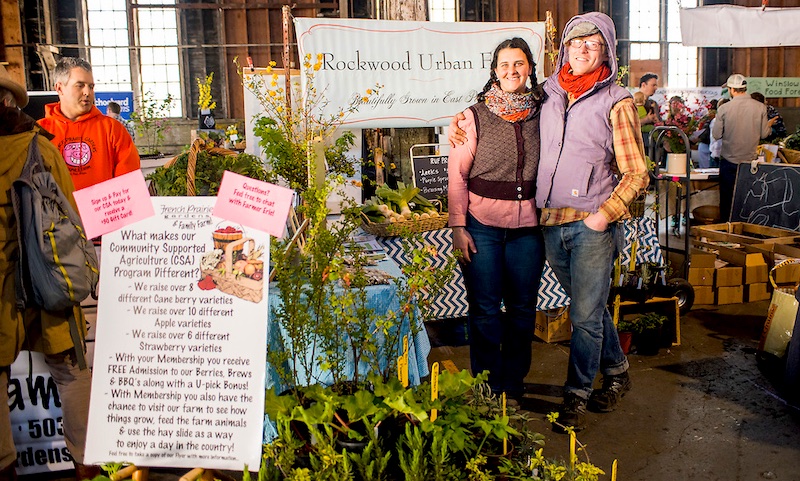

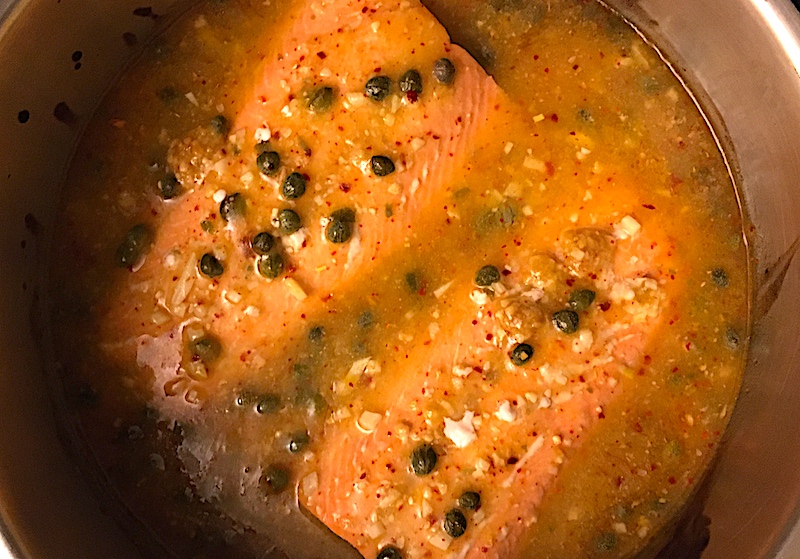 My mother was much more comfortable cooking red meat, what with her upbringing in an Eastern Oregon cattle ranching family. When we did have fish, it was most often from a can—tuna or the dreaded canned salmon, which was unceremoniously dumped in a dish, the indentations of the rings from the can still visible on its surface. Any whole fish tended to be less than absolutely fresh, requiring lots of what was called "doctoring" to cut the fishiness.
My mother was much more comfortable cooking red meat, what with her upbringing in an Eastern Oregon cattle ranching family. When we did have fish, it was most often from a can—tuna or the dreaded canned salmon, which was unceremoniously dumped in a dish, the indentations of the rings from the can still visible on its surface. Any whole fish tended to be less than absolutely fresh, requiring lots of what was called "doctoring" to cut the fishiness.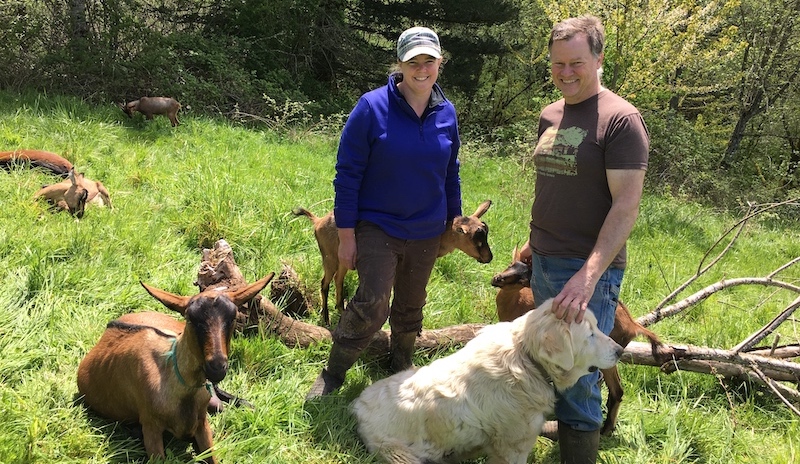
 In the spring of 2020 they're taking
In the spring of 2020 they're taking  Goats were added, initially raised for their meat, but after milking a couple of their does, the Gueberts decided to focus on dairy, finding a ready market for their
Goats were added, initially raised for their meat, but after milking a couple of their does, the Gueberts decided to focus on dairy, finding a ready market for their 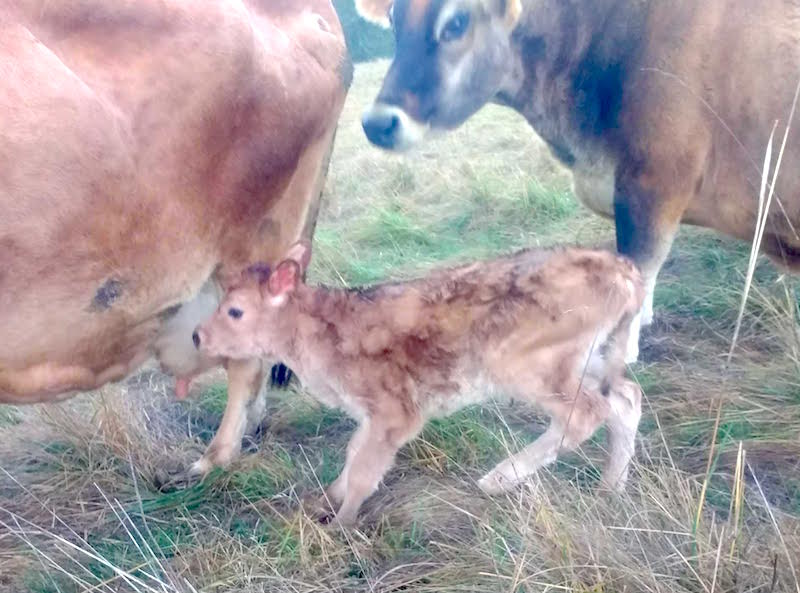 There's also, of course, the financial aspect. The farm currently has a steady income from the milk and meat they raise, with a loyal client base built up over many years. Customers come out to the farm in Corbett to pick up orders, and the online ordering and billing system the Gueberts implemented has streamlined transactions. Linda was able to leave her job to work on the farm full time in 2011, but like many farm couples, Mike still has a full-time job off the farm that helps pay the mortgage.
There's also, of course, the financial aspect. The farm currently has a steady income from the milk and meat they raise, with a loyal client base built up over many years. Customers come out to the farm in Corbett to pick up orders, and the online ordering and billing system the Gueberts implemented has streamlined transactions. Linda was able to leave her job to work on the farm full time in 2011, but like many farm couples, Mike still has a full-time job off the farm that helps pay the mortgage. The plan for the meat CSA, still undergoing some fine-tuning, is to offer quarterly subscriptions in the $325 price range for a 10- to 12-pound monthly box of a variety of cuts and kinds of meat (i.e. pork, beef or chicken). Customers won't get the same box every month, ensuring that selection is varied and the whole animals will be used.
The plan for the meat CSA, still undergoing some fine-tuning, is to offer quarterly subscriptions in the $325 price range for a 10- to 12-pound monthly box of a variety of cuts and kinds of meat (i.e. pork, beef or chicken). Customers won't get the same box every month, ensuring that selection is varied and the whole animals will be used.